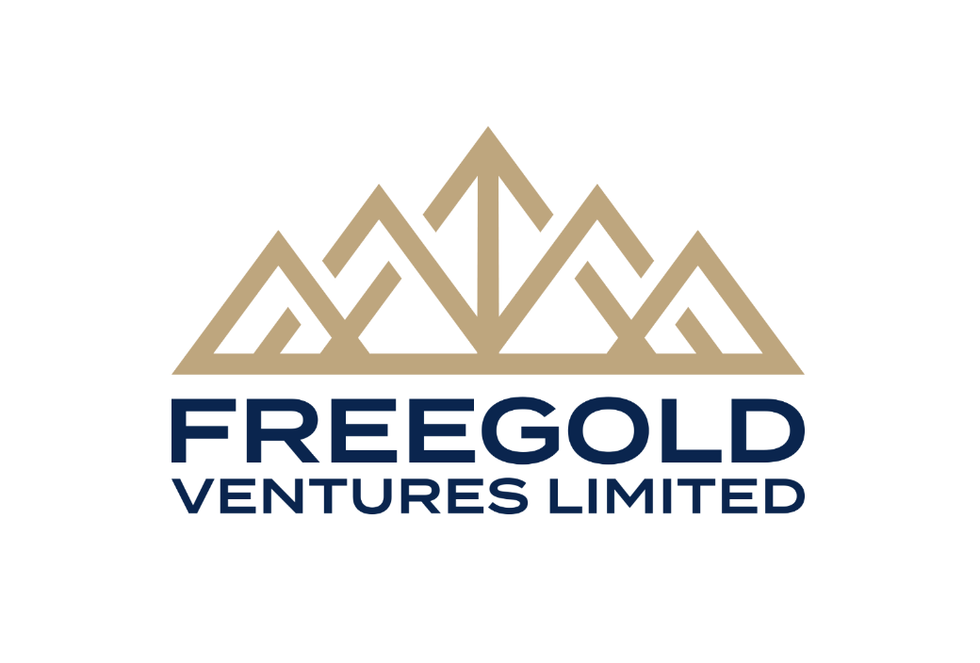Hyperspectral Imaging: A Useful Tool to Locate Gold, Oil and Terrorists
In terms of mineral exploration, hyperspectral imaging is well developed. Hyperspectral imaging can be used to map vast amounts of land and narrow down the search area for valuable deposits of minerals.

The use of remote sensing techniques for mineral exploration began decades ago. Mineral explorers would point handheld cameras out of aircraft windows and take pictures of the surface below, in order to gather information on topography that could give clues on the location of minerals.
The technology has since rapidly advanced. Now, aircrafts and satellites are equipped with sophisticated hyperspectral digital imaging systems that can give information that the human eye is unable to perceive. In addition, when hyperspectral imaging is combined with Geographic Information Systems (GIS), directional and size estimations of deposits can be obtained without having to spend months in the field mapping by foot.
Hyperspectral means “beyond the spectrum” and refers to the visible spectrum of light that the human eye perceives and uses to make judgments on the world. In reality, the human eye is only able to perceive a sliver of the available spectral information, and with the use of sophisticated sensors, more information can be detected, and recorded. This information is used to detect many things, from the health of vegetation, gold and other metals, oil — and yes, it played a pivotal role in the location of the world’s most wanted man — Osama Bin Laden.
The development of hyper-spectral imaging
In the 1980s, airborne remote sensing began with the development of the Airborne Thematic Mapper, the Geoscan instruments (MKI and MKII), and the Collins’ imaging spectrometers. All of these instruments offered increased spectral and spatial resolution over their satellite borne predecessors and, the three latter in particular, provided geological users with a means of discriminating and mapping individual mineral species and alteration assemblages.
While the ability to collect data with increase precision played a vital role in the advancement of remote sensing, arguably, the most important developments occurred starting in the '90s with the ability of commercially available and affordable desktop imaging processing software.
The rapid growth in computing power and storage capacity in PCs has allowed the very large data files captured by the airborne instruments to be handled in a time frame compatible with the needs of mineral exploration. We are now witnessing the dawn of a technological age in mineral exploration where diverse datasets can be integrated and interrogated for specific parameters and prospectivity maps generated.
Hyperspectral imaging
Like most remote sensing techniques, hyperspectral imaging makes use of the fact that all objects possess a unique spectral fingerprint based on the wavelengths of visible and invisible light that the absorb and reflect. By measuring the relative variations of absorption and reflectance across more than 600 channels (bandwidths) from ultraviolet to thermal infrared, a scientist can characterize and identify a previously unknown substance.
As applied to natural resource exploration, hyperspectral imaging can be used to identify substances on the Earth’s surface. Every substance, from minerals to soils, vegetation, to hydrocarbons has a unique hyperspectral signature. Hyperspectral data can be acquired with airborne platforms; large tracks of land can be analyzed quickly and efficiently, making the technology well suited to natural resource exploration.
Hyperspectral remote sensing is used in a wide array of real-life applications. Although originally developed for mining and geology, it has other valuable applications in field such as ecology and surveillance. There is a variety of hyperspectral gear available, and its selection is based on the application (a detailed break-down of equipment and technique is beyond the scope of this piece). Hyperspectral sensors are the first part in hyperspectral imaging, the second part is the processing of this information, and this is generally done in the computer lab.
Hyperspectral sensors have up to hundreds of contiguous spectral bands, sampling the electromagnetic spectrum from 0,400 to 2,500 ìm (visible to short wave infrared). This type of sensor may be used to generate detailed information about the chemical composition of materials and objects on the Earth’s surface. A number of minerals and rocks have diagnostic spectral features that allow their composition and relative abundance to be recognized and mapped.
In terms of mineral exploration, hyperspectral imaging is well developed. Many minerals can be identified from airborne images, and their relation to the presence of valuable minerals such as gold and diamonds is well understood. Hyperspectral imaging can be used to map vast amounts of land and narrow down the search area for valuable deposits of minerals. In some cases, hyperspectral imaging can be used to pin-point the particular mineral of interest, but can also locate indicator minerals, that suggest a nearby location of a valuable ore deposit.
This article was first published on Gold Investing News on May 25, 2011.




